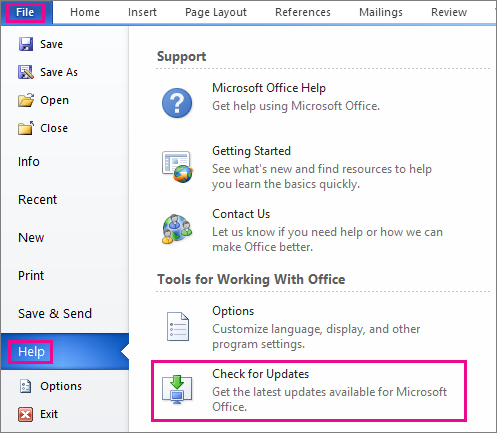

Open Word 2003 before you insert the fix below. You want to use 2007,īut you want 2003 to be the version that opens by default when you click on a DOC file. In other words, say you have two versions of Word on your system. If there is no error message, ie normal operations try adding the NoReReg keyīefore you close up shop and start working on this reg fix, open the version of Word that you will want to be your default. Reboot TWICE (sorry, I don’t know why, but there appears to be some “Voodoo” at play here.Click Apply and OK, and you should then see other users added.Add "SYSTEM" as a new user, and put a tick next to "Full Control".On the security tab, click on the Add button.For each sub key, right click on it to select Permissions.Run the application again, the Configuration process will run.

When accessing Permissions, I got an error message, but ignored that.Using Regedit navigate to the reg key identified in the error.HKLM/Software/Classes/.msg could not be accessed. Look at the event handler for error messages. Office Apps reconfigure every time they are started You will be editing the wrong “Current User” key Note: in user accounts, when you log in to do the NoReReg hacks, DO NOT start REGEDIT using “Run As Admin”.
#Install office 2007 alongside 2013 windows 7#
You have to pick whichįYI: NoReReg key works with Office 2010 / 2013 installed on Windows 7 and 8 (I tested it myself Rohn007) Only one app can be used to open the files by double clicking in Windows Explorer. With multiple versions installed, there is one issue you can’t avoid, Default Windows File Associations. After you have the multiple versions installed you still have some additional steps to do. This tip describes the specific steps and choices during the 2010 custom install.
#Install office 2007 alongside 2013 install#
And you have to decide which installation you want to have the Windows default file associations assignedĭual Install - Working with Multiple Versions of Office Graham has already made the one key point, for local installs (as opposed to Click-to-Run installs of 2010 or 2013) you can only have one version of Outlook. I also setup separate personal template and startup folders so the apps don't conflict. As part of the custom instal I specify custom folders for them to install in, including the year or version number. I am doing exactly right now.Īlthough you probably can install in random order, the general concensus is that you should install in oldest to newest order.


 0 kommentar(er)
0 kommentar(er)
